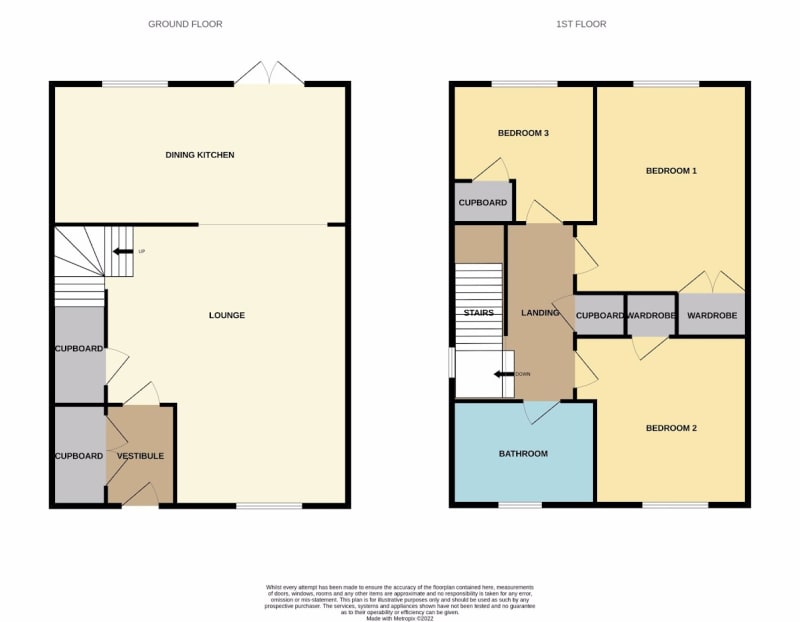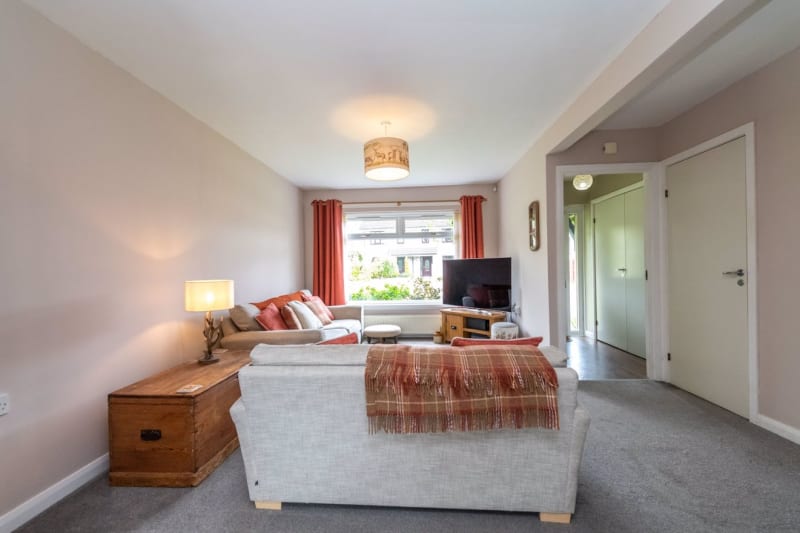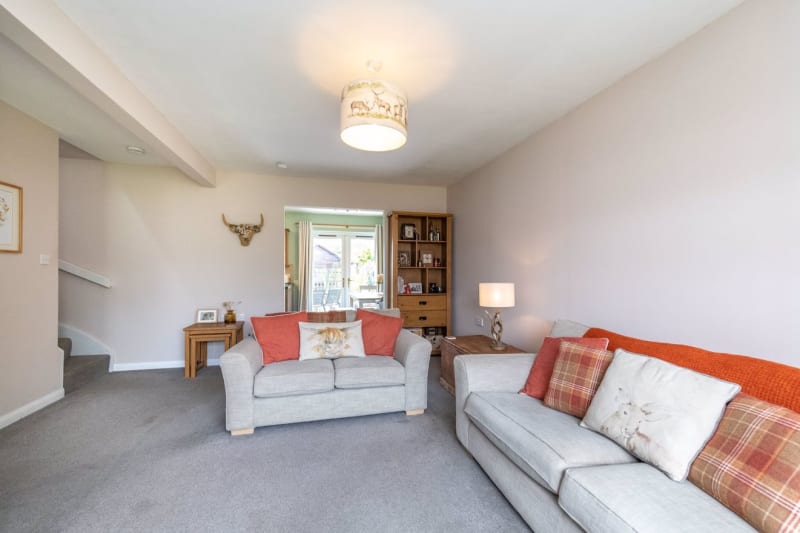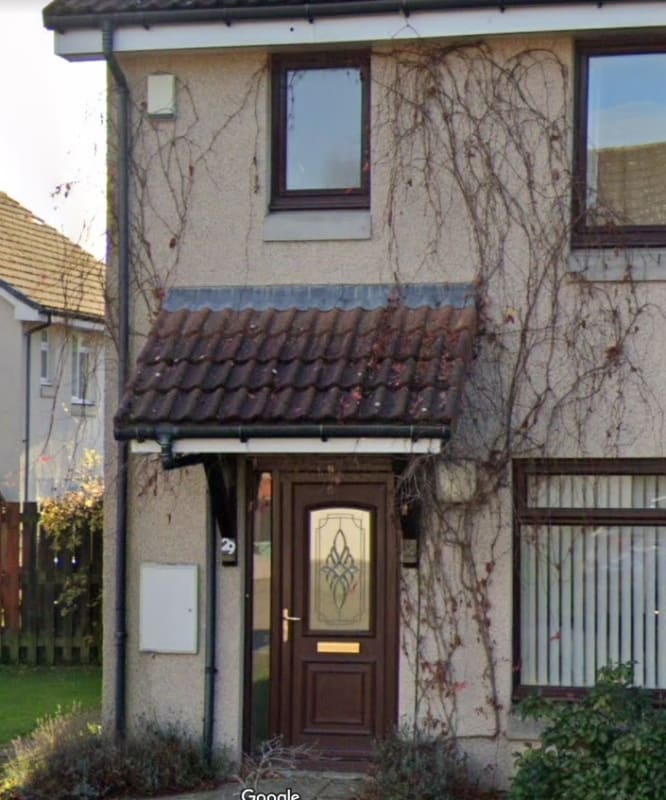1983dons
Structural
- Jul 25, 2022
- 1
I am looking to purchase a property that had some of the internal wall removed between the vestibule and lounge 5 and half years ago. I couldn't see any evidence of cracking or bowing of the walls or ceilings but quite a few of the floorboards in the lounge and above it on the first floor were squeaky. The surveyor couldn't access under carpets but said yes to structural movement in the questionnaire and noted some unevenness on the first floor landing which they think may be related to the wall being removed and structural movement. Photo below shows the lounge and where it is now open plan the vestibule wall would have extended right along to the kitchen wall originally with a door at some point:

Here are some photos of the lounge:


There was slight evidence of unevenness noted to the flooring to the first floor landing which may have been as a result of previous ground floor alterations the surveyors noted.
They do reference a report done by consultant engineers but don't say when:
We understand from our previous file notes, that the property has been inspected by XXX Consultant Engineers. They are of the opinion that the structural integrity of the property has not been affected by the alterations undertaken. It would be prudent to obtain copies of their report.
I will get a copy when the sale goes through to read further but it could have been written 5 years ago and not recently. Is it worth getting a structural engineer to inspect the property prior to purchase?
The work also got council planning permission and builders warrant although the builder has gone out of business is slightly worrying.
I cant find the original plans for the house and not sure if this section of the vestibule wall would have been load bearing. Either way I would welcome some expert opinion on the job and if they thought it is likely to cause any problems in the future. It looks to me like a beam has been put in across the gap but not sure? I also thought the lounge to dining room may have been opened a bit but that might be the original design.
Here is the build type of the house if it helps. Is the climbing pant Virginia Creeper worth worrying about from a structural point of view on the house?



Here are some photos of the lounge:


There was slight evidence of unevenness noted to the flooring to the first floor landing which may have been as a result of previous ground floor alterations the surveyors noted.
They do reference a report done by consultant engineers but don't say when:
We understand from our previous file notes, that the property has been inspected by XXX Consultant Engineers. They are of the opinion that the structural integrity of the property has not been affected by the alterations undertaken. It would be prudent to obtain copies of their report.
I will get a copy when the sale goes through to read further but it could have been written 5 years ago and not recently. Is it worth getting a structural engineer to inspect the property prior to purchase?
The work also got council planning permission and builders warrant although the builder has gone out of business is slightly worrying.
I cant find the original plans for the house and not sure if this section of the vestibule wall would have been load bearing. Either way I would welcome some expert opinion on the job and if they thought it is likely to cause any problems in the future. It looks to me like a beam has been put in across the gap but not sure? I also thought the lounge to dining room may have been opened a bit but that might be the original design.
Here is the build type of the house if it helps. Is the climbing pant Virginia Creeper worth worrying about from a structural point of view on the house?


